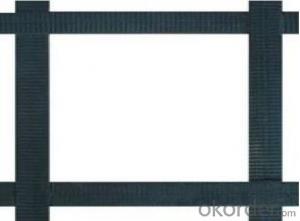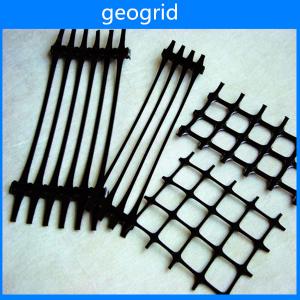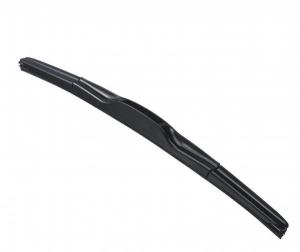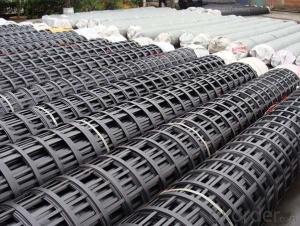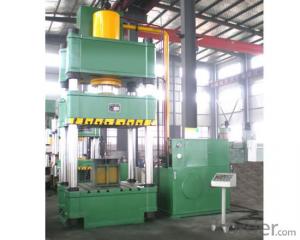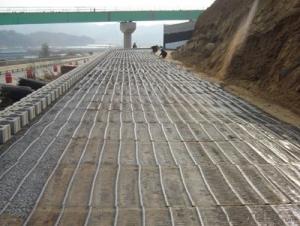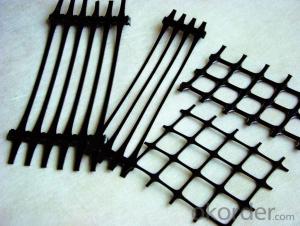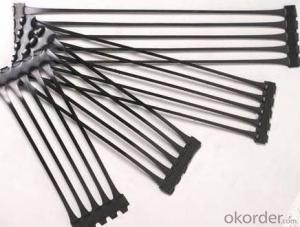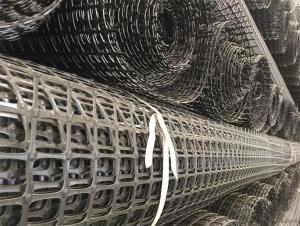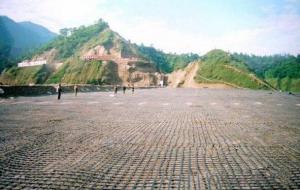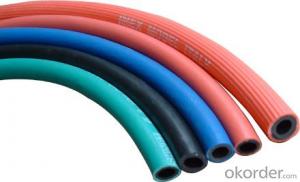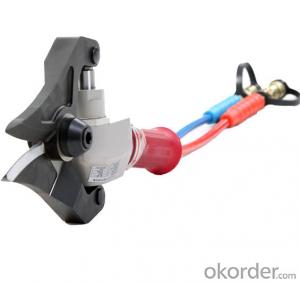Universal Geogrid
Universal Geogrid Related Searches
Fridge With Freezer On Bottom Driveway Pillars With Lights Blu Ray Player With Recorder Blu Ray Player With Internet Geogrid In Retaining Walls 1708 Biaxial Fiberglass Tape Pullout Resistance Of Geogrid Geogrid Warp Knitting Machine Srw 3 Series Geogrid Biaxial Plastic GeogridHot Searches
Fiberglass Scaffolding For Sale Fiberglass Panels For Sale Fiberglass Greenhouses For Sale Geogrid Fabric For Sale Gas Powered Core Aerator For Sale Revolution 4 Propeller For Sale Alabaster Carving Stone For Sale Geogrid For Sale Near Me Tensar Geogrid For Sale Geogrid For Sale Ex Display Log Cabins For Sale Photoelectric Cells For Sale Athletic Lockers For Sale Cubicle Partitions For Sale Stearman Propeller For Sale Palram Greenhouses For Sale Gumbo Bowls For Sale Suzuki Propellers For Sale Freight Crates For Sale Outhouse Sheds For SaleUniversal Geogrid Supplier & Manufacturer from China
Okorder.com is a professional Universal Geogrid supplier & manufacturer, offers integrated one-stop services including real-time quoting and online cargo tracking. We are funded by CNBM Group, a Fortune 500 enterprise and the largest Universal Geogrid firm in China.Hot Products
FAQ
- Yes, geogrids are suitable for reinforcing railway subgrades. Geogrids are specifically designed to improve the stability and strength of soil and can effectively distribute loads, reduce settlement, and prevent lateral movement. They are commonly used in railway construction and maintenance projects to enhance the performance of subgrades by providing additional support and increasing load-bearing capacity.
- Yes, geogrids can be used in temporary construction platforms. Geogrids are commonly used in construction projects to reinforce soil and provide stability. They can be used as a cost-effective solution for temporary construction platforms by improving load-bearing capacity and preventing soil erosion.
- Yes, geogrids can be used in reinforcement of bridge abutments on expansive soils. Geogrids are effective in providing soil stabilization and preventing soil movement, which is particularly important in areas with expansive soils that tend to expand and contract with moisture content changes. By using geogrid reinforcement, the bridge abutments can be better protected against potential soil movement, reducing the risk of structural damage.
- Is there a geogrid in the transition section of Railway
- He is mainly a connection and prevent sinking
- Geogrids improve soil reinforcement by providing additional tensile strength to the soil, preventing lateral movement and improving its overall stability. They act as a reinforcement material that distributes the load over a wider area, reducing the stress on the soil and preventing its failure. Additionally, geogrids increase the frictional resistance between soil particles, enhancing the soil's shear strength and preventing soil erosion.
- Yes, geogrids can be used in reinforced soil slopes for seismic applications. Geogrids are commonly used to reinforce soil and provide stability in various applications, including slopes. In seismic applications, geogrids can enhance the performance of reinforced soil slopes by improving their resistance to lateral movements and reducing soil displacements during earthquakes. The use of geogrids in reinforced soil slopes for seismic applications helps to increase safety and mitigate potential damage.
- Yes, geogrids can be used in pipeline trench stabilization applications. Geogrids are commonly used in civil engineering projects to reinforce soils and provide stability. In pipeline trench stabilization, geogrids can be installed horizontally or vertically to enhance the load-bearing capacity of the soil, prevent soil erosion, and reduce the risk of ground movement. This helps in ensuring the longevity and safety of the pipeline system.
- Yes, geogrids are generally resistant to chemical attack. They are typically made from high-density polyethylene (HDPE) or other durable materials that can withstand exposure to various chemicals without significant degradation. However, the specific resistance to chemicals may vary depending on the type of geogrid and the specific chemicals involved. It is always advisable to consult the manufacturer's specifications and guidelines to ensure compatibility with specific chemical environments.

















